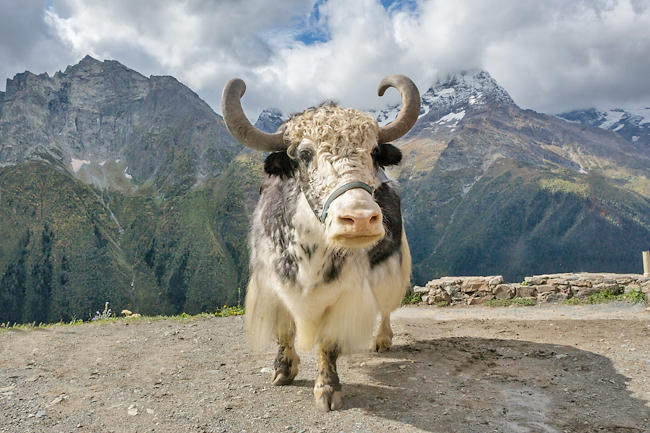XI’AN (XINHUA) – Herders living at high altitudes on the Qinghai-Tibet Plateau started extensively raising yaks, cattle, and their hybrids around 2,500 years ago, according to recent research.
Scientists from China and the United States (US) conducted a study exploring the origin of ancient cattle and yaks, the historical context of husbandry adapted to extreme conditions on the plateau, and the early hybridisation of yak and cattle.
Genetic studies show that the current wild yak is closely related to the ancestors of domestic yak, and the cattle in the prehistoric era on the Qinghai-Tibet Plateau were likely brought into the region from the northwestern areas of China, as indicated by archaeological findings.
It has been observed that hybrids may adapt better to harsh environments while producing more milk and meat and exhibiting greater strength compared to cattle at high altitudes.
Scholars have also argued that herders integrated yak, cattle, and their hybrids, along with sheep, goats, and horses, to generate multiple livelihoods for obtaining meat, milk, fur, and dung for fuel.
The research offers genetic evidence to support further investigation into the domestication of yaks and the high-altitude adaptability of cattle.
The study was published in Science Advances in December.



